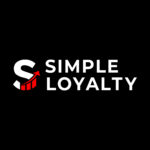Estimated Reading Time: 9 minutes
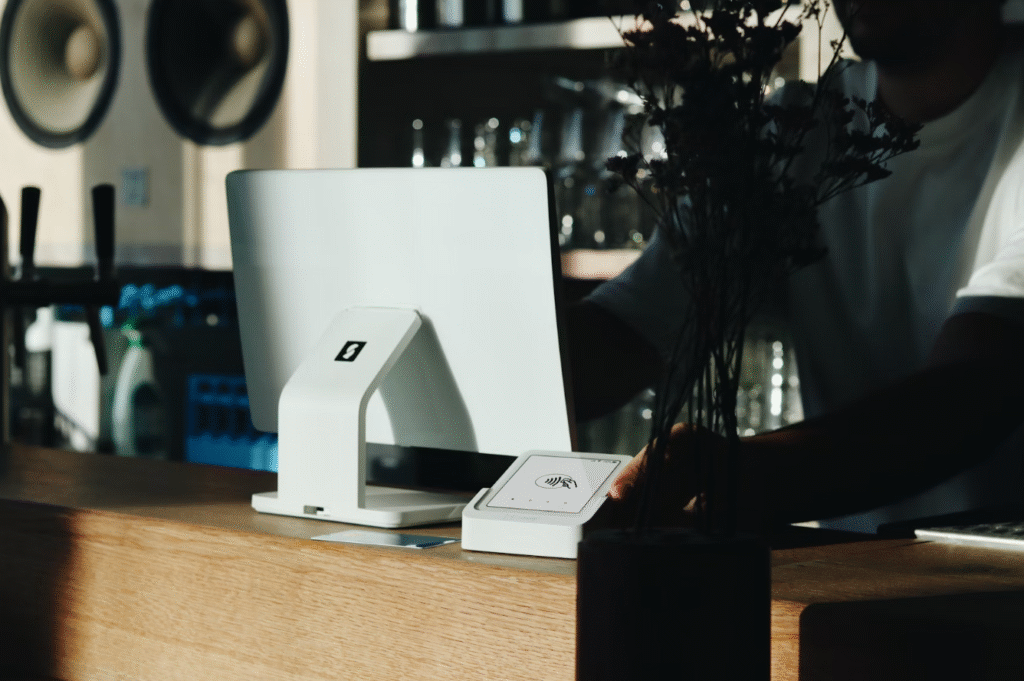
If your loyalty program disappeared tomorrow, would anyone actually notice?
If you’re thinking about an answer for that, then you don’t have a loyalty program. You have a wasteful coupon scheme.
In 2025, attention spans are shorter than TikToks, competitors are everywhere, and customers are only loyal to brands that make loyalty worth bragging about. Brands whose loyalty programs don’t just sit quietly in the background but turn customer rewards into long-term relationships.
Not to worry! You don’t need Fortune 500 money to play this game for your business.
With SimpleLoyalty, even your corner cafe or boutique can run loyalty programs that make customers think, “I’d be crazy not to stay”.
Let’s break down the industries redefining loyalty, and how you can apply these best loyalty program examples before your competitors do.
Why Creativity Matters in Loyalty Programs
Standing Out in a Crowded Market
Do you realize every business today is running some version of “Buy X, Get Y”.
Predictable. Boring. And it’s the exact reason why Bain & Company found that while 80% of companies think they deliver a superior customer experience, only 8% of customers actually agree. So, where’s the disconnect?
A lack of memorable, differentiated loyalty experiences. Creativity is the antidote, not just about free lattes or random points. Every brand is shouting for attention, so you have to stand out.
Retail futurist Doug Stephens, in Reengineering Retail, argues that the future of commerce isn’t simply about selling products—it’s about creating immersive experiences and identities that customers want to connect with. Loyalty programs are no longer “extras”; they’re front-and-center storytelling tools that show customers who you are, what you stand for, and why they should belong to your brand’s world.
Why Traditional Discounts Aren’t Enough
Discounts are transactional. They attract bargain-hunters, not loyalists.
In The Shopping Revolution, Barbara Kahn explains that retailers succeed by competing across four key levers: price, convenience, brand, and customer experience. Together, these form the landscape where shoppers decide who wins their loyalty.
If your loyalty program only competes on discounts, you’re fighting a losing battle.
So while discounts may drive a one-off purchase, they rarely inspire the kind of emotional connection that makes customers stick around. Creativity, whether through exclusivity, gamification, or emotional rewards is what tips the equation in your favor.
5 Creative Loyalty Program Ideas Across Industries
Forget cookie-cutter loyalty schemes, let’s look at how different industries are reinventing the game.
Here’s why creativity meets commerce, and where you’ll find the blueprints for a loyalty program people actually care about.
Cafes & Restaurants
The days of stamp cards are gone (they probably went missing in your washing machine in 2007).
Today, cafes and restaurants are turning loyalty into a lifestyle.
Pret A Manger proved that coffee loyalty can become a lifestyle. Their all-you-can-sip subscription (up to 5 drinks/day for a flat monthly fee) isn’t just about free caffeine—it builds daily habits. Customers are able to plan their commutes around Pret.
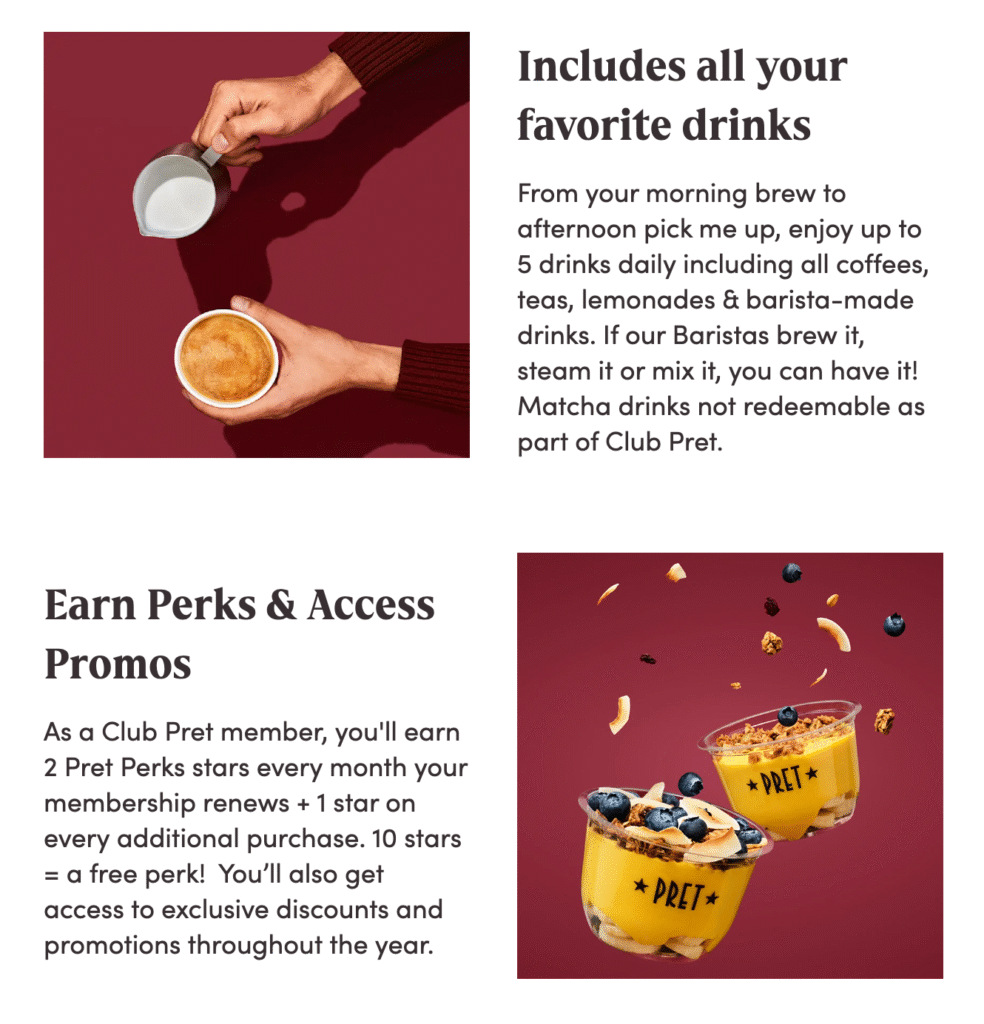
A local hotpot chain borrowed the same spirit of creativity. They launched a Members Tuesday double-points promo to fight off-peak slumps. This resulted in a 7-9% increase in Tuesday visits and RM101k ($25k) additional revenue per year. Another restaurant chain used SMS win-back nudges to lure back diners who hadn’t visited in over 30 days (spoiler: 5-7% returned, spending more than before).
Takeaway
- Subscriptions = daily rituals
- Eco-rewards = emotional loyalty
- Smart promos + SMS = full seats on slow days
- With SimpleLoyalty, you can do all this without big-budget tech
Beauty & Wellness
In beauty, loyalty is basically a social class system. And people want to climb.
Sephora’s Beauty Insider tiers (Insider, VIB, Rouge) are legendary. Higher tiers unlock early access, private events, and free classes. Customers talk about “hitting Rouge” like earning airline status.
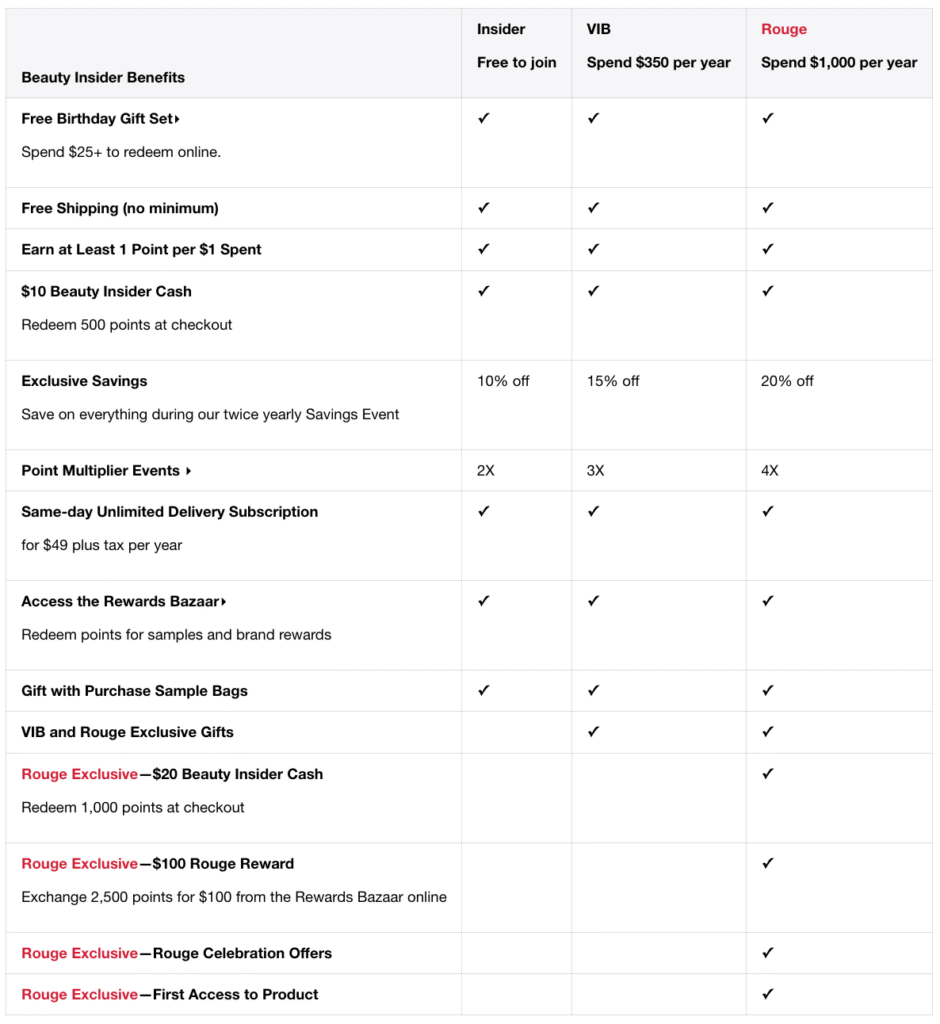
176 Avenue, a luxury beauty hub in Kuala Lumpur, uses a points-based loyalty program where every service or product purchase earns rewards. Clients can redeem those points for treatments, which not only encourages repeat visits but also nudges them to explore services they might have not tried before.
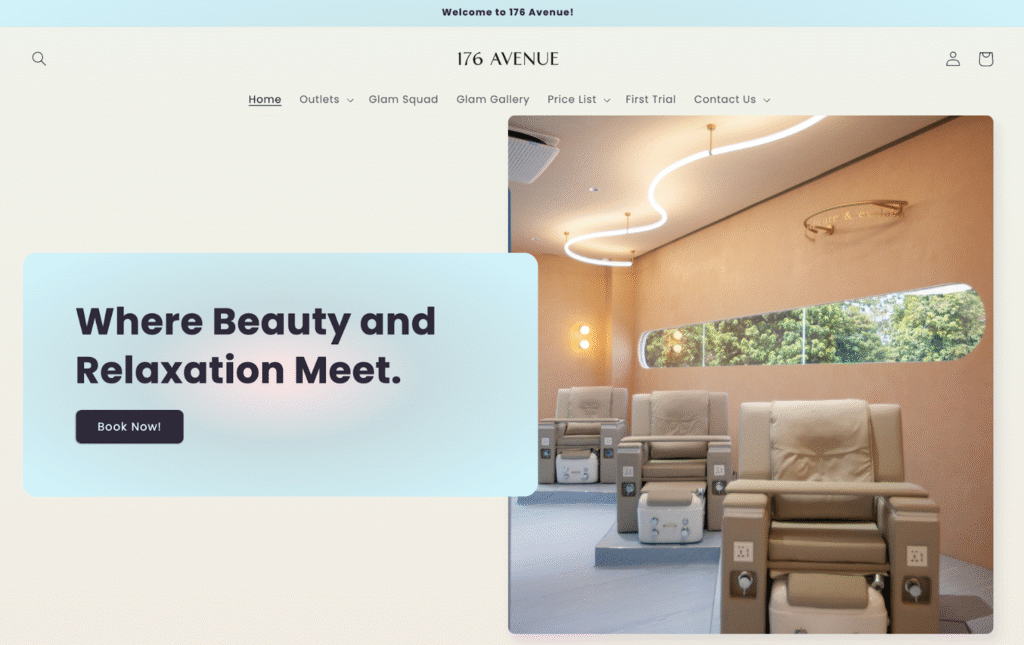
For instance, a facial regular might use their accumulated points on a hair treatment, turning loyalty rewards into natural upsell opportunities for the salon.
Takeaway
- Build tiers tied to experiences, not discounts
- Surprise milestones = emotional “wow” factor
- Recognition (VIP access, birthday gifts) > coupons
Retail
Lush UK has mastered creative retail loyalty. Their Bring It Back scheme lets customers return full-sized plastic packaging in exchange for 50p credit per item, applied at the till or saved in the digital Lush Wallet. It’s a simple way to reward sustainable choices while feeding their closed-loop recycling system.
On the social side, the Friends of Lush program turns fans and creators into advocates, offering perks like exclusive products, vouchers, event invites, and even commission for sharing recommendations.
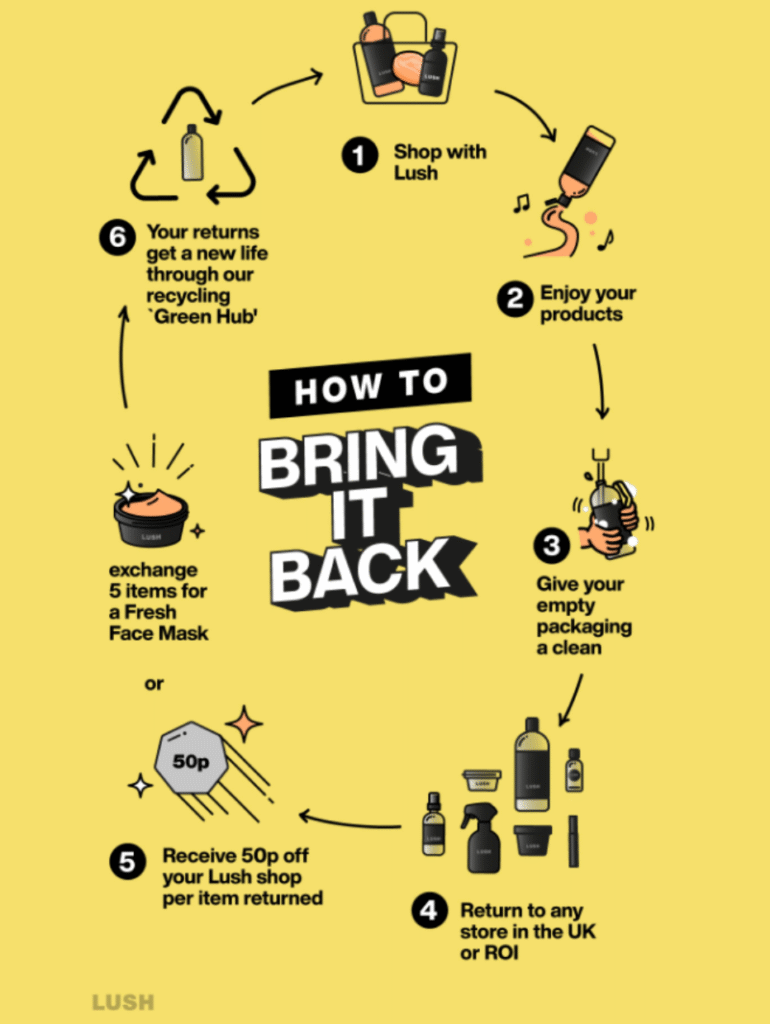
Together, these initiatives show that loyalty doesn’t have to be about points or discounts. It can be sustainable and social, building both community and commitment around the brand.
KHATAM Rewards Program shows how tiered loyalty can reshape the retail experience. Instead of flat discounts, KHATAM uses progressive tiers that unlock increasingly exclusive benefits the more customers engage.
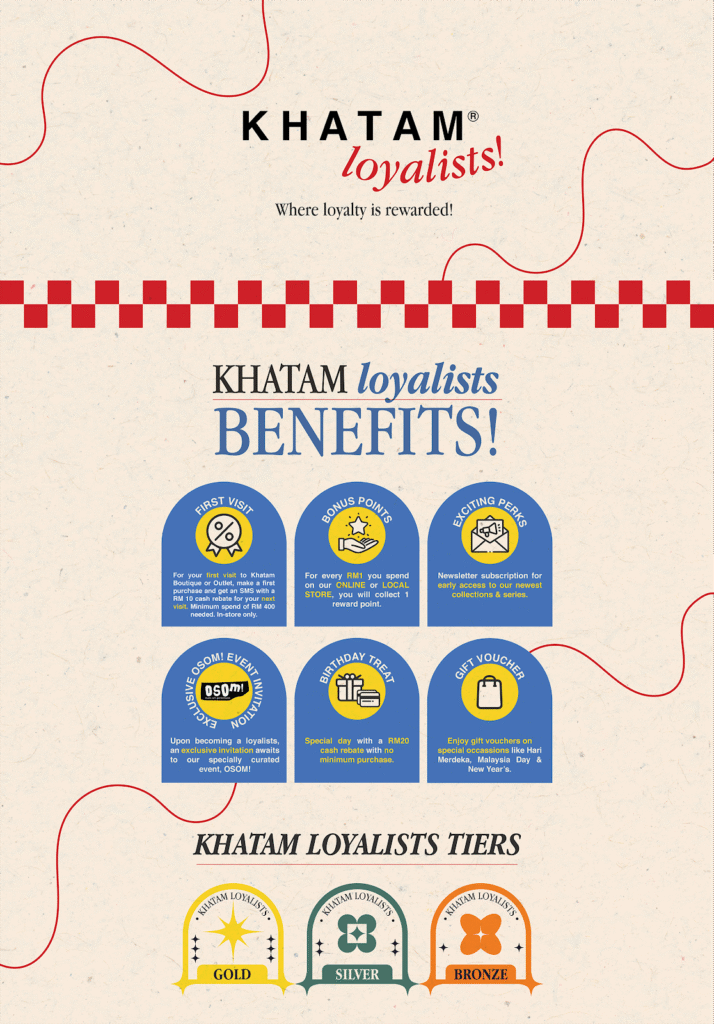
This structure taps into a simple but powerful truth: people love visible progress. It’s the same psychology that makes fitness apps addictive (you want to reach the next milestone). For retailers, it means customers stay longer and spend more to unlock that next level.
Takeaway
- Use tiered structures to gamify progress
- Link loyalty to values (eco, community, craftsmanship, etc.)
- Create a seamless online + offline experience
- Mix in personalized nudges to keep customers hooked
- Don’t shy away from paid loyalty if the value is clear
Fitness
Fitness is loyalty on steroids (literally).
If there’s any industry where loyalty should feel like progress, it’s fitness. That’s why the smartest gyms and wellness brands are rethinking what loyalty looks like.
Take ClassPass. It didn’t just build a membership program; it built a movement. Instead of being tied to one gym, users can explore a variety of studios, classes, and even wellness experiences, all within a single subscription.

The loyalty hook? Flexibility and exploration. Members stick around because they’re not locked in; they’re freed to try more, which ironically makes them less likely to cancel. ClassPass shows us that sometimes, the best loyalty program isn’t about more of the same, but about variety with control.
Takeaway
- Don’t just reward spend; reward consistency and streaks
- Use variety to drive long-term stickiness
- Build community-driven perks that make members proud to belong
- Digital loyalty platforms like SimpleLoyalty can gamify milestones without requiring extra admin
E-Commerce
E-commerce loyalty isn’t just about points or free shipping, it’s about making customers feel like VIPs every time they visit. Online shoppers have endless options, and a generic loyalty program won’t cut it.
Take Amazon Prime—a subscription that combines free shipping, streaming, and exclusive deals. The genius of it is its behavioral reinforcement.
Members feel rewarded every time they use the service. Plus, exclusive sales like Prime Day create urgency and a sense of belonging: “As a Prime member, I get first access to the biggest deals of the year”.
In other words, loyalty here is about experience, convenience, and status.
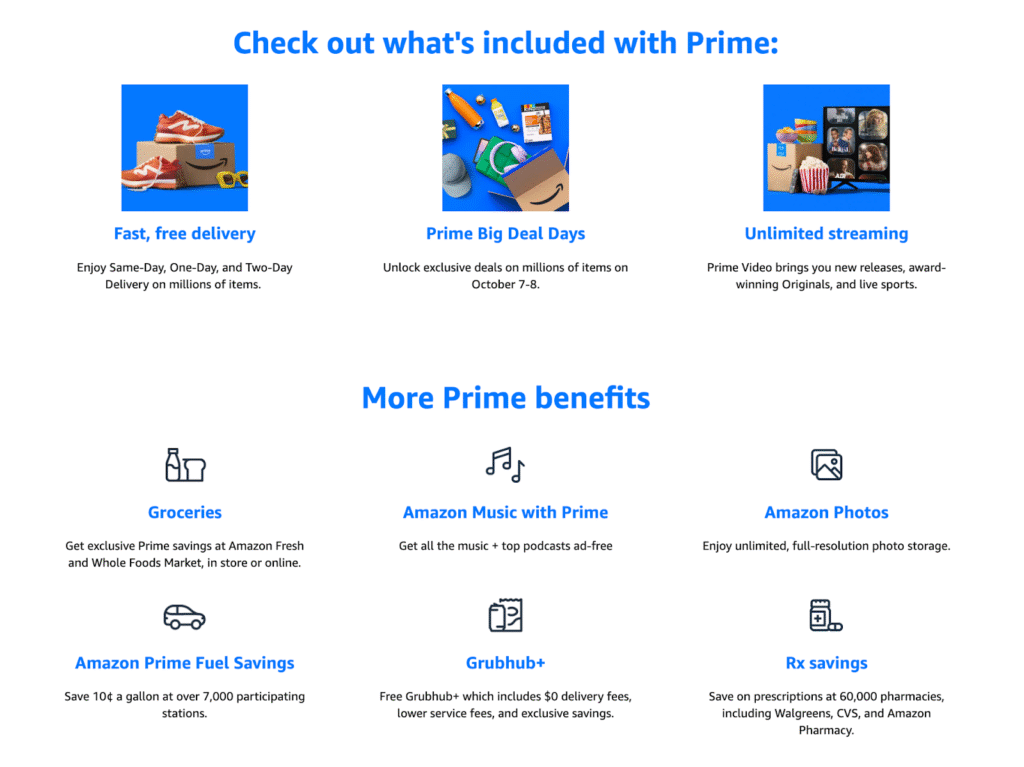
Another powerful example comes from ASOS, which gamifies loyalty with tiered perks and early access to new collections. Members progress through levels, unlocking exclusive discounts, limited items, or birthday gifts, which encourages repeat purchases.

Takeaway
- Bundle perks to create a lifestyle
- Reward engagement at every touchpoint, not just purchases
- Use tiers and exclusive access to drive repeat behavior
- Focus on experience, convenience, and status
How to Adapt These Ideas to Your Own Business
Your customers, your products, and your brand story are unique. So your loyalty strategies should be, too. Here’s how to translate inspiration from big brands into practical steps for your business:
- Pinpoint your audience’s motivators
Are they motivated by status, daily habits, exploration, or community? Once you know, you can design rewards that truly resonate.
- Mix global inspiration with local context
Take cues from Pret’s subscriptions, KHATAM’s tiered structure, or ClassPass’ variety model—but localize them for your market. A loyalty idea that works in London or Singapore may need tweaking for Malaysia.
- Make loyalty emotional, not just transactional
Incentivize behaviors beyond purchases. Remember to build attachment and storytelling around your brand.
- Leverage technology strategically
Use digital platforms to manage points, tiers, and personalized nudges. Automation saves time and ensures no loyal customer slips through the cracks.
- Test, measure, and adjust
Launch small experiments: a limited-time tier, a referral bonus, or a community event. Track engagement and revenue, then refine. Loyalty is never static. It grows with your brand.
Conclusion
The future of loyalty belongs to brands that make every interaction meaningful, every reward memorable, and every customer feel genuinely valued. The brands we’ve explored prove that creative, emotional, and gamified loyalty wins.
With SimpleLoyalty, even small cafes, boutiques, gyms, and online stores can punch above their weight, building programs that turn casual shoppers into raving fans.
Take the leap today and build a community of customers who can’t wait to come back!

